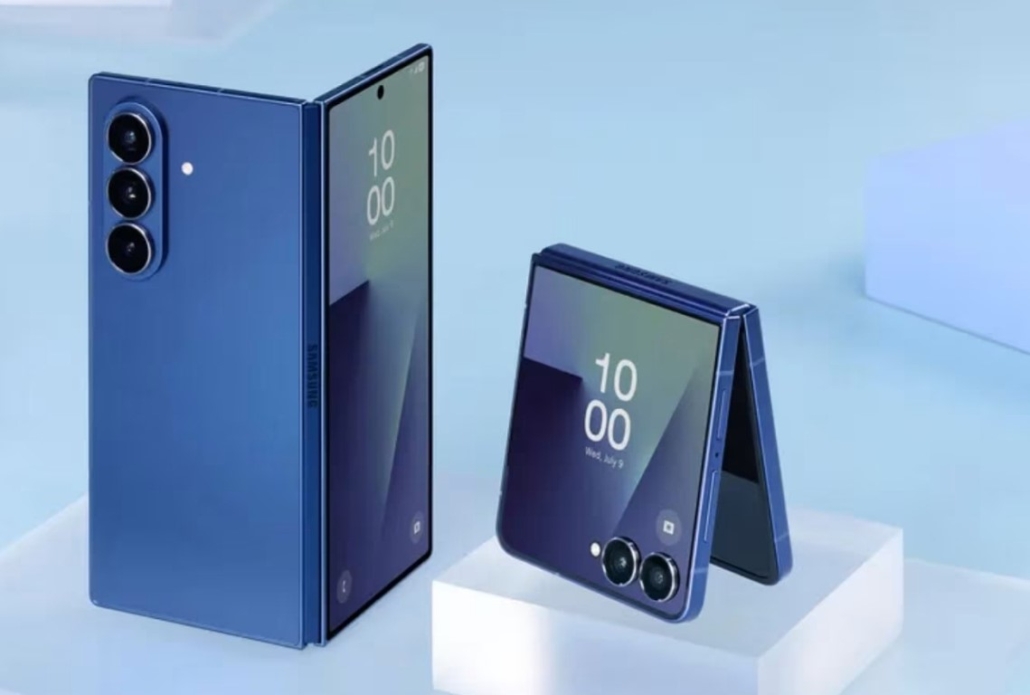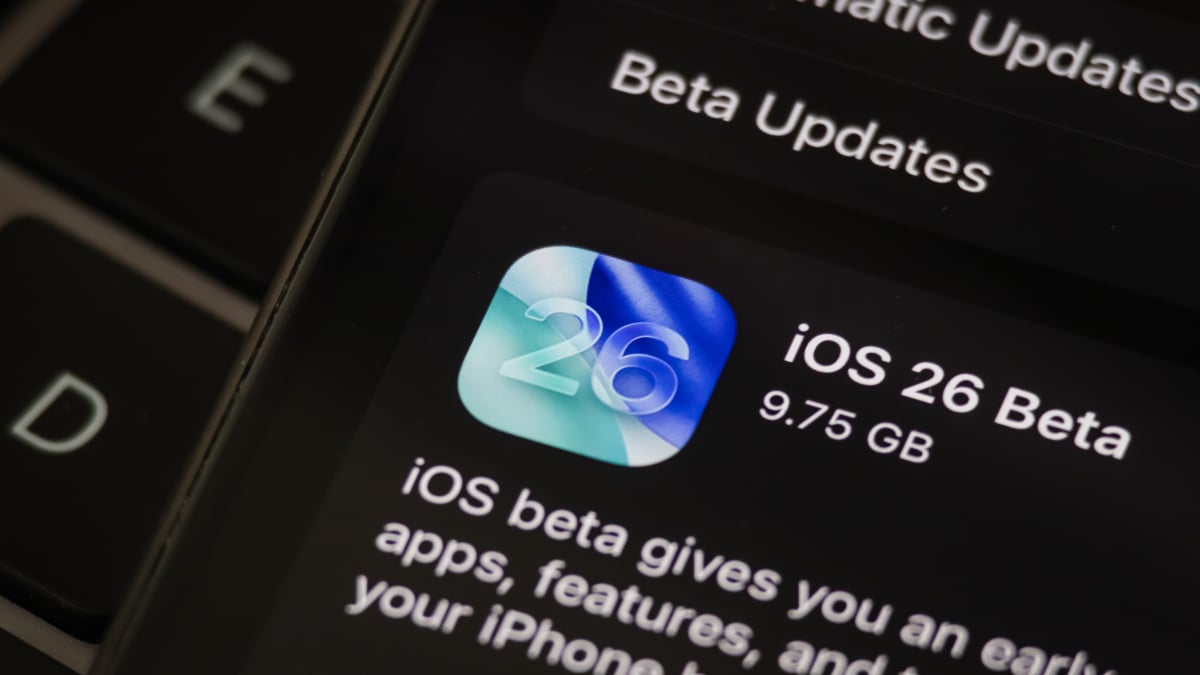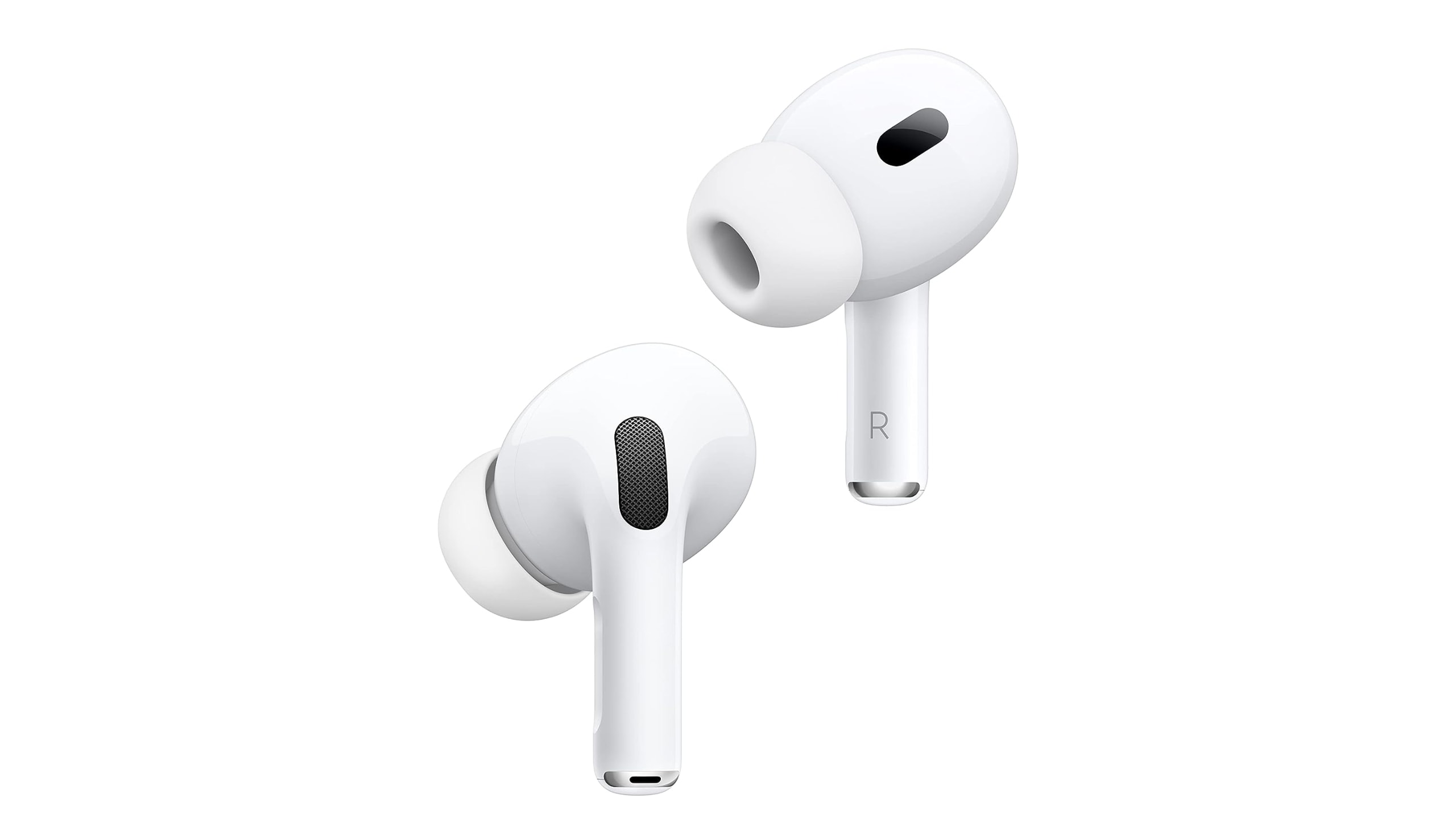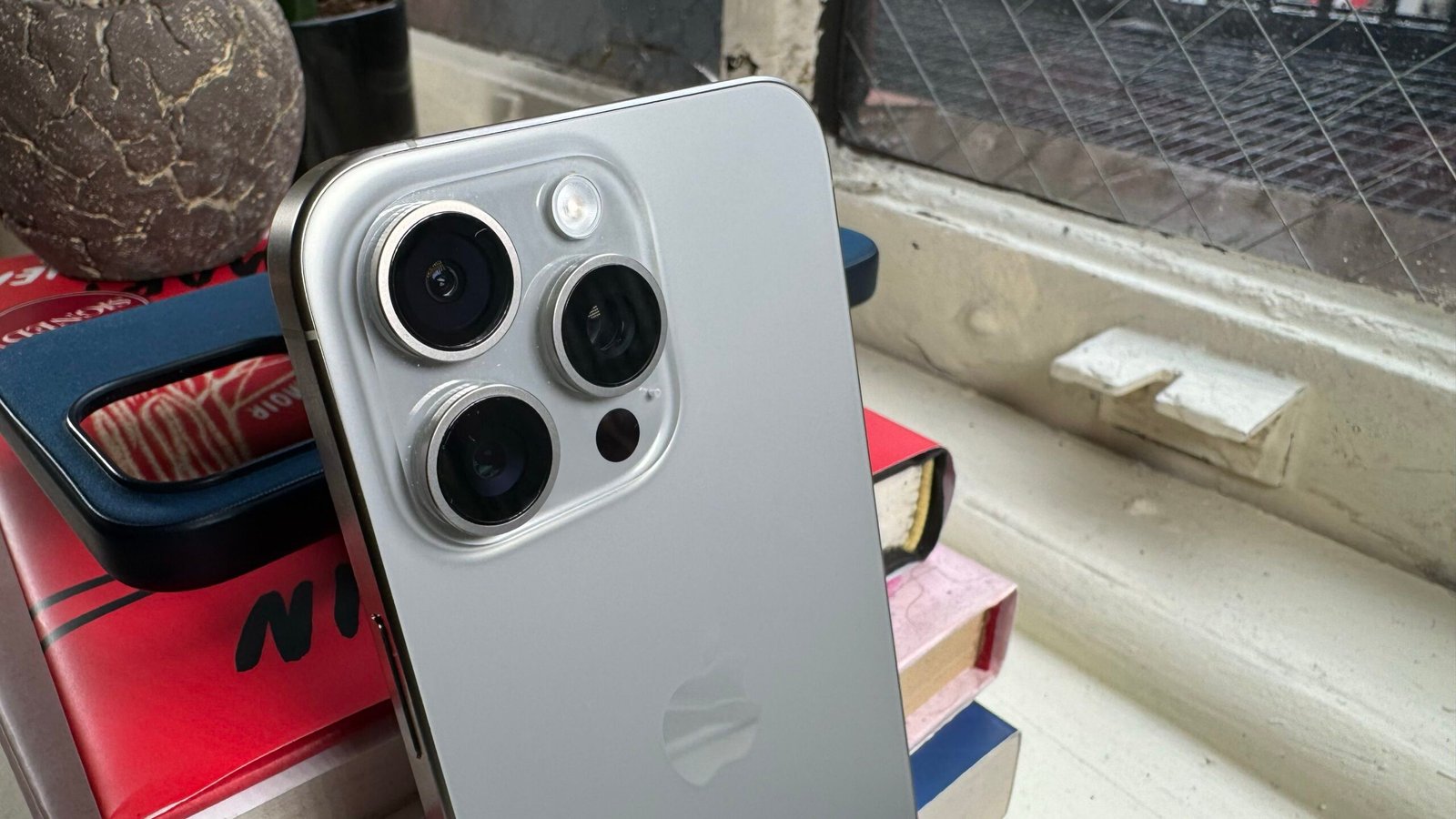“Galaxy Ring Debate, Google Nest Product Introduction, Oura’s Ceramic Line, and More News”
A Summary of the Most Prominent Tech-Related News That Emerged This Week
This week in technology, a variety of major stories have drawn the interest of fans and professionals in the field. Here’s a brief summary of the most significant developments:
1. **Samsung Galaxy Ring Battery Controversy**: The Samsung Galaxy Ring encountered a significant issue due to reports of battery swelling. Tech influencer Daniel Rotar posted images of his Galaxy Ring with a distorted battery, raising safety alarms regarding wearables. Samsung is conducting an investigation into the matter.
2. **Google’s Gemini-Enhanced Nest Offerings**: Google rolled out its latest series of Nest devices powered by Gemini. The new assortment features the Nest Cam Indoor, Nest Cam Outdoor, and Nest Doorbell, all boasting improved video quality and better performance in low-light conditions. Additionally, a new Google Home Speaker designed for natural dialogue was introduced.
3. **Oura Ring 4’s Ceramic Line**: Oura introduced a fresh line of Oura Ring 4 with a stylish ceramic aesthetic. This collection preserves the sophisticated health tracking features of the original ring while offering the first-ever charging case compatible with the latest model.
4. **Galaxy S26 Ultra Reveals**: Leaks concerning the forthcoming Samsung Galaxy S26 Ultra have emerged, indicating a design akin to its predecessor but with noteworthy modifications. The device is anticipated to have a flat-edge frame and a revamped camera configuration.
5. **Pixel Watch Blood Pressure Monitoring**: Google is allegedly experimenting with a new hypertension monitoring feature for the Pixel Watch. This functionality is intended to detect elevated blood pressure readings and is presently in the testing stage.
These stories underscore the ever-evolving landscape of the tech industry, where companies consistently strive to innovate and tackle emerging challenges. Stay tuned for further updates as these narratives progress.
Read More








